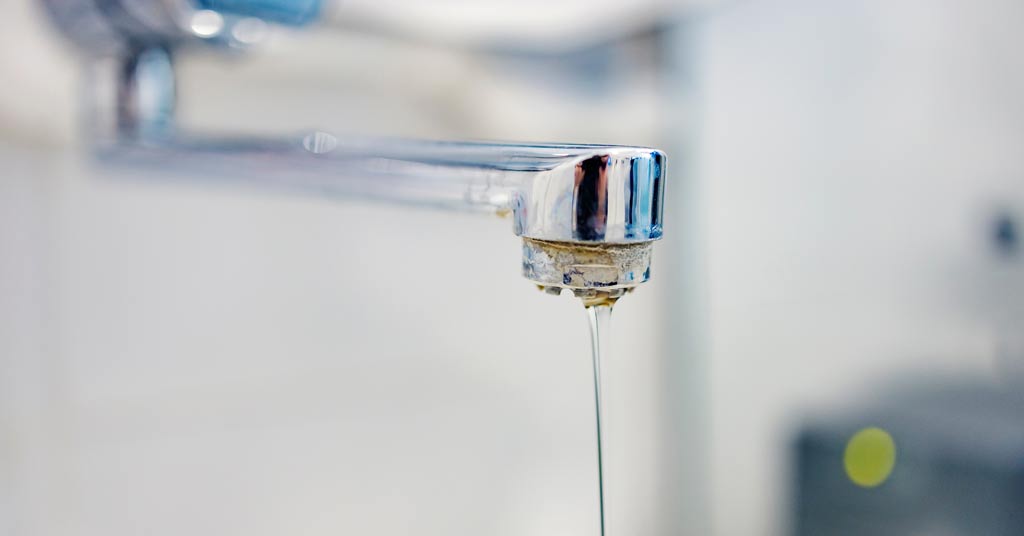
The Dangers of Lead in School Drinking Water, and How to Keep Children Safe

Schools across the country are facing a major health and safety issue — lead in students’ drinking water. Lead in the municipal water supply, which feeds into schools, has been an issue for decades, and unfortunately very little is being done to correct this serious issue.
Lead is a toxic metal that, if consumed, can cause serious health issues. And yet, there are no federal laws that regulate the levels of lead in school drinking water, leaving it up to the states and individual schools or school districts to determine how to address the issue — no small responsibility.
While the removal of lead from the drinking water is the ideal solution, it’s also a costly one. So there are a few ways schools can chip away at the problem over time. And the first step is becoming educated on the issue.
Current legislature regarding lead in drinking water
As of 2023, there are no federal laws that require schools to test the drinking water for lead if the school taps into the public water system. The United States also lacks a national health standard for the acceptable levels of lead in the drinking water as various federal agencies have differing thresholds for lead in drinking water.
That means responsibility lies at the state level. And unfortunately, only seven states and Washington, D.C. require lead tests in schools. An additional 17 states have programs for lead testing and elimination that are voluntary. But even these state-led initiatives vary wildly in terms of how much lead is acceptable, how the test are conducted, costs for lead testing, and access to the testing data.
Water testing services Tap Score and SimpleLab, conducted a nationwide investigation of state efforts to deal with lead contamination in drinking water in schools and daycare centers. The study looked at the number of schools in the state that tested for lead, the testing program’s rigor, and what measures were taken to address the issue if lead was found in the water supply. From there, Tap Score and SimpleLab gave each state a letter grade as to the effectiveness of their programs. Of the 50 states, 31 received an F, failing the test and most have no policy at all.
Similarly, a 2018 report written by the U.S. Government Accountability Office found that an estimated 41% of school districts — serving 12 million students — had not tested school water for lead in 2016 or 2017, and another 16% of school districts didn’t know whether they had tested for lead. Of those that did test for lead (43% of school districts surveyed, which represents 35 million students), about 37% found elevated lead levels in their school’s water.
The dangers of lead in school drinking water
Lead exposure — such as drinking from contaminated water — can cause serious health problems. Even at low levels, lead affects the central nervous system and can cause brain damage, kidney disease, anemia, and even death. Studies have shown that exposure to lead can lower IQ, decrease focus, cause learning disabilities, decrease growth, and even lead to violent crime and delinquency.
Children are particularly vulnerable because their bodies absorb more lead than adults. This is complicated by the fact that they spend much of their time in schools and daycare facilities. And according to the Environmental Protection Agency, these facilities may have higher elevated lead levels because they’re closed on weekends, holidays, and extended breaks, allowing lead in the pipes and fixtures to seep into the water supply.
How schools can create a safer environment for children
Because there aren’t national standards or laws to protect children from lead exposure in schools, that responsibility often falls on the district or individual school. Fortunately, most lead contamination comes from the faucet fixture or pipes in the school rather than the greater water distribution system. Unfortunately, it can be a challenge to pinpoint the source of the contamination and potentially expensive to fix.
A recent report from John Rumpler and Matt Casale from the Environment America Research & Policy Center and the U.S PIRG Education Fund recommended a few steps districts can take to make the drinking water in schools more safe for children. The report suggests that districts:
- Test for lead at all water outlets at all schools used for drinking or cooking and have a protocol for what to do if lead is found.
- Replace fountains with water stations that have filters certified to remove lead.
- Install, test and maintain filters certified to remove lead on all taps used for drinking or cooking.
For schools and districts that cannot afford to replace lead fixtures or pipes, one option is to invest in safety signage that identifies faucets that are not safe to drink from. By posting next to sinks in science labs, bathrooms, locker rooms, and cafeterias that warn of lead exposure, you can limit the risk of a student drinking water contaminated with lead.
ComplianceSigns has a variety of options for handwashing only signs that discourage school-age children from drinking from contaminated faucets. Browse our collection today and post signs near any faucet that has tested positive for lead contamination or that you suspect may cause lead exposure. This simple step creates a healthier, more successful student body and may even save a life.

